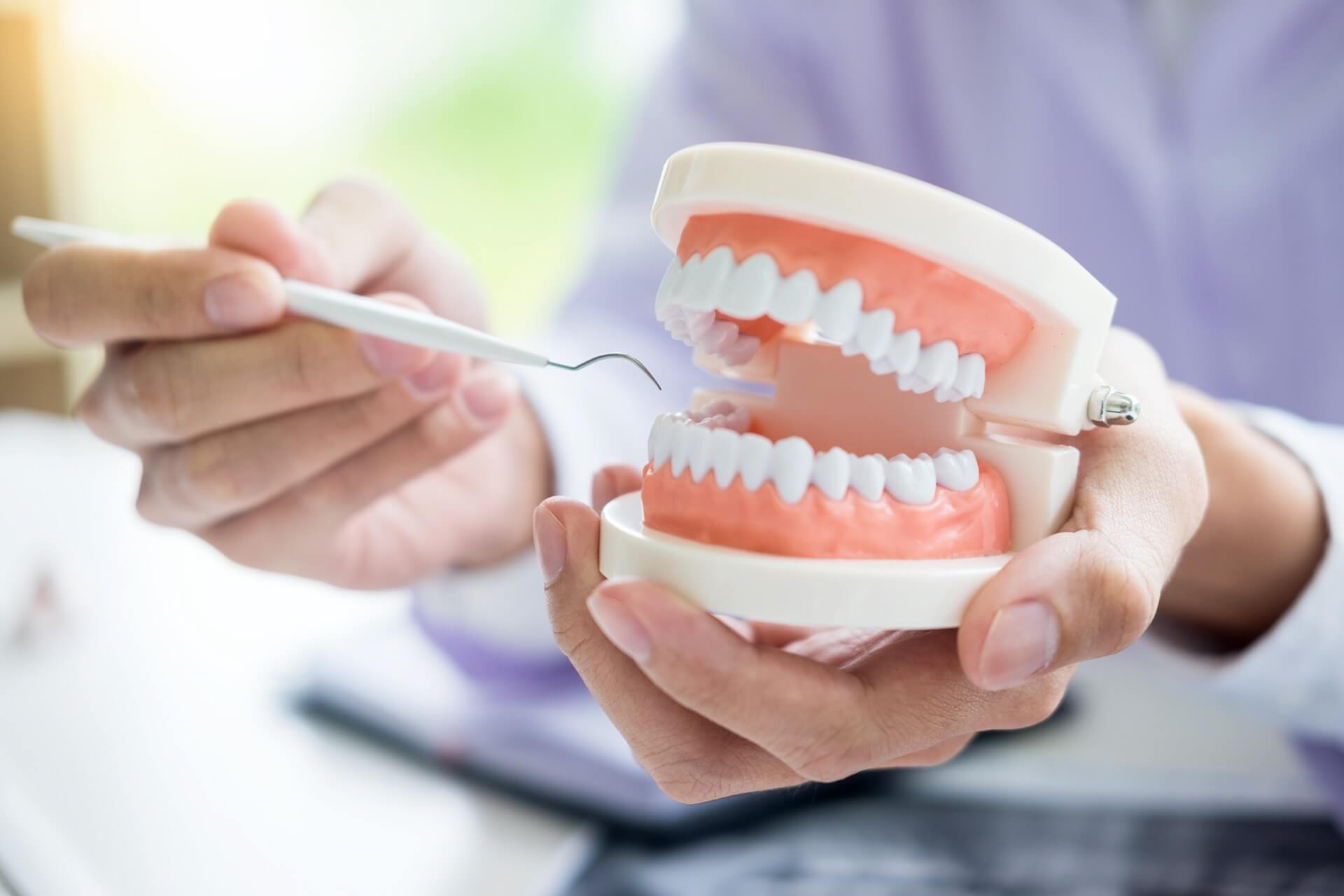
Many people in Shelby Township get nervous or frightened when they think about going to the dentist. To make sure that patients have a pain-free and enjoyable experience, modern dentistry has implemented significant advancements in the area of sedation. The development of pleasant dentistry and modern sedation advancements that have transformed dental treatment will be discussed in this blog. To know more about sleep dentistry, contact a family dentist in Shelby Township, MI.
The Development of Sleep Dentistry for Treatments Without Anxiety
People of all ages experience dental anxiety, which is a common problem. It may be triggered by a number of things, including a fear of pain, painful recollections, or even noises and odors associated with dental operations. People might neglect needed dental care because of this anxiety, which could result in problems with their oral health.
The Long History of Dental Sedation
The history of sedation dentistry begins in ancient times when alcohol and herbal treatments were utilized to reduce pain during dental procedures. However, the invention of nitrous oxide, sometimes referred to as laughing gas, in the middle of the 19th century marked the start of the modern age of sedation dentistry. Inhaled through a mask, this colorless, sweet-smelling gas creates anesthesia and a euphoric state that makes dental procedures more bearable.
Improvements in Dental Sedation
Dental sedation techniques have changed over time to meet patients’ requirements and preferences:
- Nitrogen Oxide
Nitrous oxide remains a popular option for moderate sedation during dental procedures. During treatment, individuals can stay awake and responsive since it induces relaxation without causing deep sleep.
- Oral sedation
In order to induce calm, oral sedation involves taking the prescribed medicine before the consultation. Depending on the drug being administered, the level of sedation could vary from mild to moderate. Patients often report feeling alert but sleepy.
- IV sedation
Intravenous (IV) sedation allows for quick and precise sedative control by administering the drug directly into the bloodstream. It is often put to longer or more complex procedures.
- General Anesthesia
For primary oral treatments or cases when the patient must be made totally unconscious, general anesthesia is used. Throughout the procedure, an anesthesiologist keeps an eye on the anesthesia being given.
Recent Advances in Modern Sedation
The latest developments have greatly improved the patient experience in dental sedation:
- Computer-Assisted Sedation
Computer-controlled delivery systems make it easy to safely and precisely provide sedatives, ensuring that each patient gets the right dose.
- Minimal Sedation Techniques
Minimal sedation procedures that offer pain relief and relaxation without requiring significant sedation are becoming increasingly popular among dentists. The technique minimizes potential negative impacts and reduces recovery time.
- Personalized Sedation Programs:
Nowadays, dentists customize sedative programs for each patient according to their specific needs and preferences, considering variables including age, medical background, and procedure complexity.
- Better Monitoring:
By continuously monitoring vital signs and giving dental professionals real-time data throughout procedures, advanced monitoring technology protects patient safety.
The Benefits of Painless Dental Care
Painless dentistry has a number of advantages.
- Improved Dental Health:
When dental procedures are painless and comfortable, patients are happier to seek and complete them, which improves oral health outcomes.
- Reduced Dental Fear:
People can receive essential treatment without worry because of pain-free dentistry, which helps reduce dental anxiety.
- Effective Methods
By ensuring patient compliance and reducing the need for frequent pauses, sedation allows dentists to operate more effectively.
- Patient Contentment
Patients are more likely to keep up with regular examinations and are happier with their dental treatment when they get pain-free dentistry.
Post-Sedation Care & Recovery Tips
A rapid recovery after sedation dentistry depends on delivering effective post-treatment care. This includes complete instructions on restricted diets, such as staying away from hot or hard foods that may lead to tongue discomfort after the surgery. In order to avoid bleeding or edema at the treatment site, patients are also instructed on suitable activity levels.
